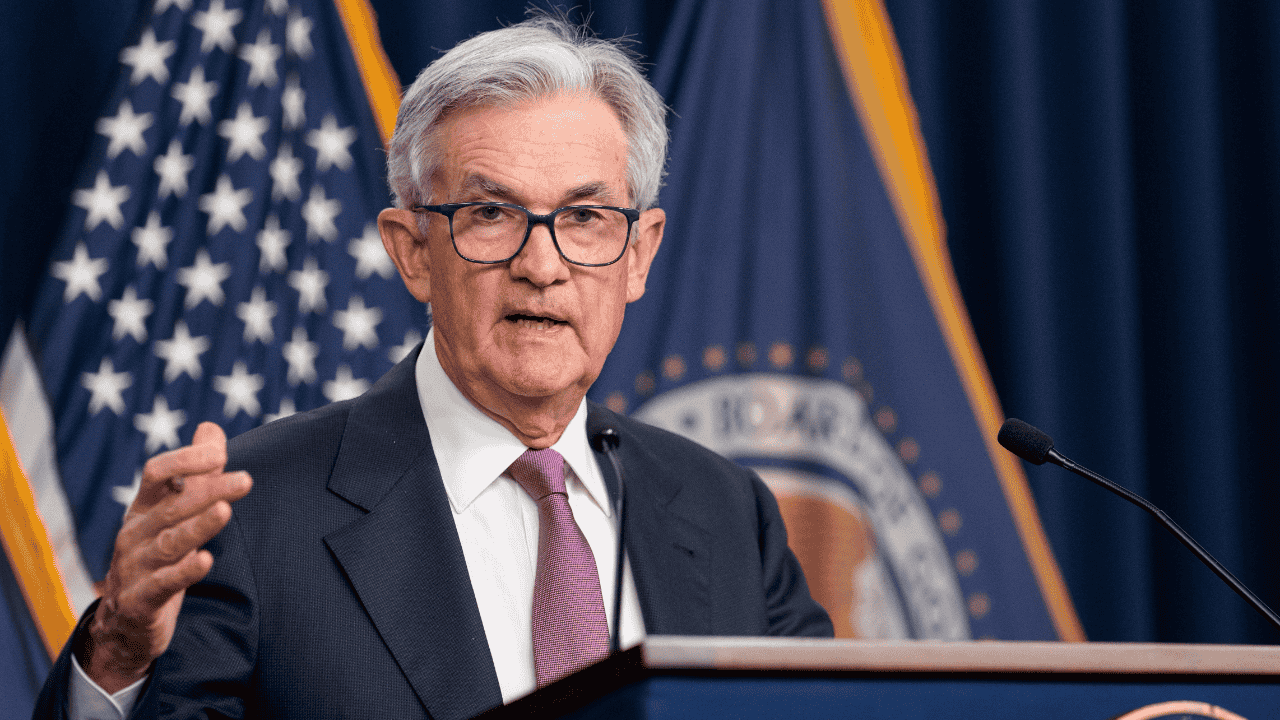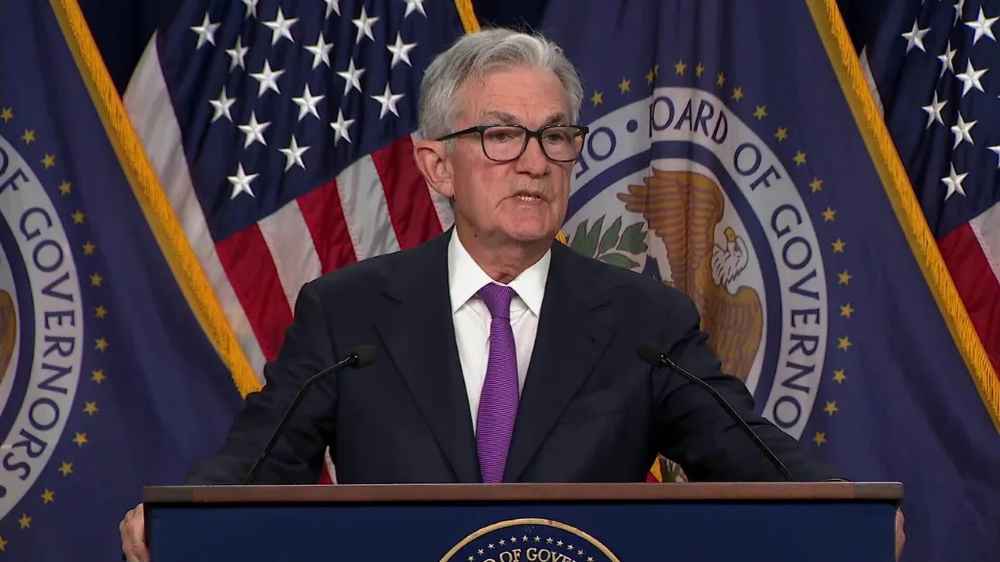This decision impacts benchmark interest rates on various financial products across the US economy. Savers and those with surplus funds now have ample opportunities to achieve returns surpassing inflation rates.

The benchmark interest rate set by the Federal Reserve remained unchanged, maintaining its highest level in over two decades
Traditional brick-and-mortar giants like JPMorgan Chase and Bank of America offer minimal annual percentage yields (APY) of 0.01%, contributing to an average of just 0.56% for bank savings accounts, per a recent Bankrate survey.
In contrast, online FDIC-insured banks provide substantially higher APYs, exceeding 5% on high-yield savings accounts. These accounts serve as a secure repository for funds earmarked for short-term plans or unforeseen expenses. Certified financial planner Lazetta Rainey Braxton suggests designating one such account as a “cushion” for flexibility in managing immediate and future needs.
Additionally, high-yield accounts prove advantageous for covering purchases under 0% financing deals. The money can grow by 4% to 5% annually while the debt remains interest-free during the promotional period. For everyday expenses, maintaining a limited benchmark interest rate in a regular checking account is recommended.
Linking a high-yield account to a checking account allows for easy fund transfers, though it may take up to 24 hours to process. Money market deposit accounts offered by certain banks yield higher returns than standard checking or savings accounts. These accounts provide greater liquidity compared to fixed-term deposits or Treasury bills, potentially delivering some of the highest available yields in benchmark interest rates.
It’s essential to differentiate money market accounts from mutual funds, as the latter lacks FDIC insurance
They may offer impressive yields but may involve fees and withdrawal restrictions in benchmark interest rates. Certificates of deposit (CDs) present another low-risk, high-return option for funds not immediately required. Brokers like Schwab, E*Trade, or Fidelity enable comparison shopping for CDs from different FDIC-insured banks.
To maximize CD benefits, investors must commit to a fixed period, with early withdrawal potentially incurring a loss of some benchmark interest rate. As of September 19, Schwab-listed CDs ranging from three to 18 months were yielding 5.5% or more. Ultimately, choosing the most suitable investment or account hinges on individual goals and accessibility needs, prompting consideration of fee-only fiduciary advisers for tailored advice. Balancing yield with accessibility remains crucial, emphasizing that minor differences in yield percentages may be inconsequential when weighed against potential penalties for premature withdrawals.
READ ALSO: Unlocking The Path To High-Paying Business Jobs: Strategies For Success




